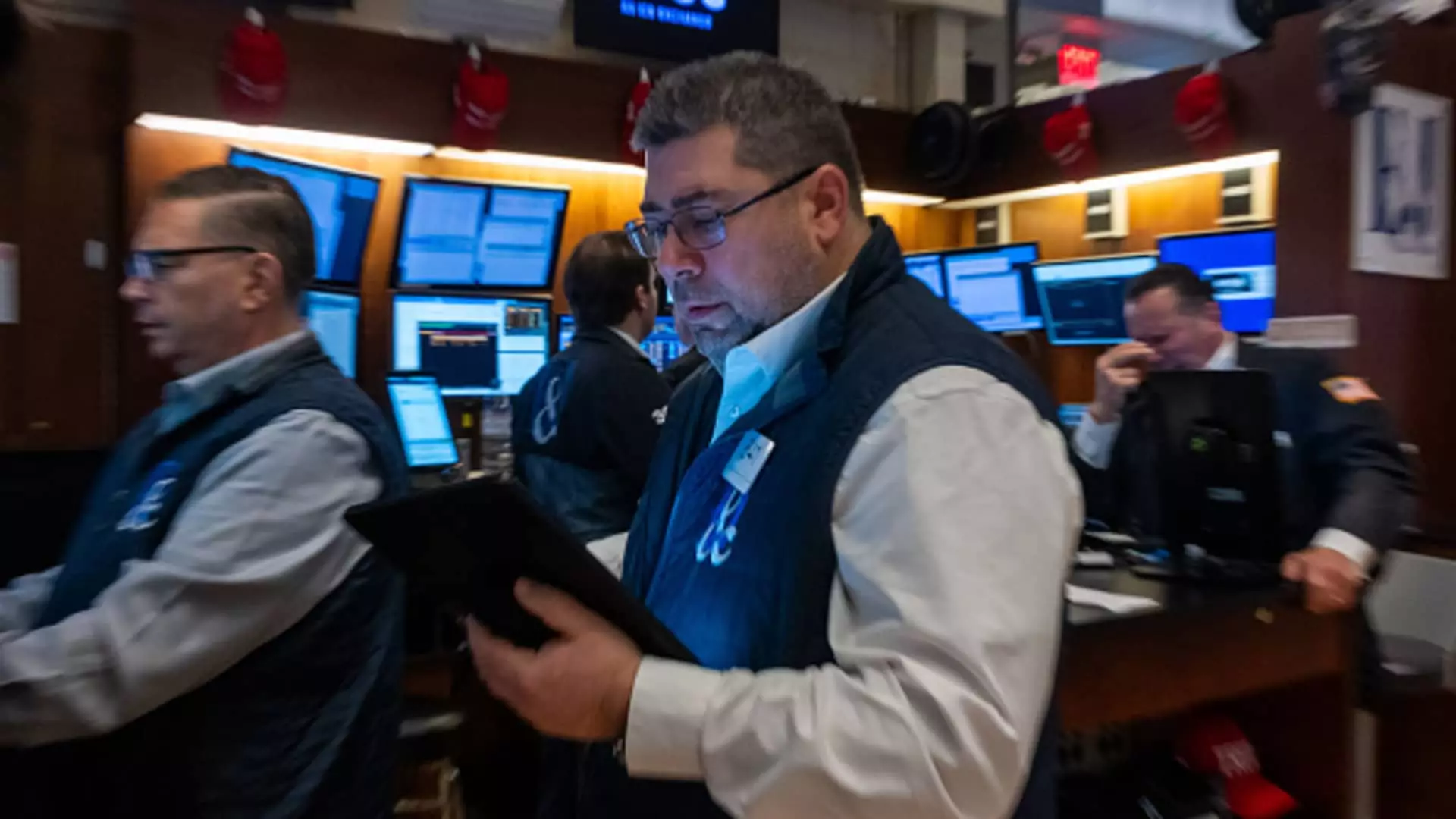In recent years, the stock market has witnessed a seismic shift in trading behavior among investors, particularly with the rise of leveraged and inverse Exchange-Traded Funds (ETFs). This transformative trend reflects a growing inclination towards speculative trading strategies, driving a notable increase in both trading volumes and the prominence of these financial instruments in the overall trading ecosystem. Understanding the implications of this change is crucial for both retail and institutional investors.
Leveraged ETFs are designed to amplify the returns of a specific index or stock, employing financial derivatives to achieve this goal. For instance, a 2x leveraged ETF aims to double the returns of its underlying index on a daily basis. Conversely, inverse ETFs deliver the opposite daily performance; a 2x inverse ETF would decline when its benchmark rises, and vice versa. The appeal of these products lies in their ability to generate substantial short-term gains (or losses), making them attractive to a growing group of investors eager to capitalize on market volatility.
The proliferation of these instruments began in the U.S. in 2006, primarily allowing for long or short bets on major indices. However, the landscape has evolved dramatically, particularly with the introduction of leveraged and inverse single-stock ETFs in 2022. Notably, ProShares UltraPro QQQ (TQQQ), which offers 3x leveraged exposure to the Nasdaq 100, boasts nearly $26 billion in assets.
The increasing popularity of leveraged and inverse ETFs can be directly linked to broader patterns of speculative behavior in the market. Douglas Yones, CEO of Direxion, highlights that the prevailing volatility and an influx of daily market-moving news have led many investors to adopt these ETFs as a way to express their short-term market views. The rise in trading activity across options, cryptocurrencies, and other high-risk assets underscores this trend, indicating a shift in investor sentiment towards riskier, fast-paced trading environments.
Statistics reveal that a significant portion of the trading in leveraged and inverse ETFs comes from retail investors, with estimates suggesting that around 75% of ownership is held by this demographic. The ease of access to these investments via mobile platforms has lowered barriers to entry, particularly for younger investors eager to engage with high-leverage opportunities that can yield swift gains.
The impact of leveraged and inverse ETFs on market dynamics is becoming increasingly significant. In 2016, these products comprised merely 2% of the total assets under management across the ETF universe, which at the time was around $2 trillion. Fast forward to today, and the total assets in ETFs have burgeoned to approximately $11 trillion, with leveraged and inverse ETFs accounting for nearly $81 billion, or almost 8%. This growth trajectory signifies their rising importance in investment strategies and daily trading activities.
Notably, some of the most heavily traded ETFs now include leveraged and inverse options. While traditional ETFs focusing on broader indices remain dominant, a growing number of traders are gravitating towards these highly responsive financial instruments. The data supports this shift, showcasing that even within the top ETFs by average daily dollar volume, leveraged and inverse products like TQQQ are commanding attention and trading activity.
While leveraged and inverse ETFs present enticing opportunities for profit, they come with an intricate risk profile that can be challenging for investors to navigate. A fundamental characteristic of these products is the daily reset feature, which can yield unexpected returns over periods longer than a single day due to compounding effects. This daily reset means that the anticipated returns of a 2x leveraged product can deviate significantly from investor expectations, especially in fluctuating markets.
For example, if an investor were to hold a 2x leveraged ETF over a two-day period where the underlying index rose one day and fell the next, the actual return could be less favorable than expected. The disparities arise from the compounding nature of returns—an aspect that has led issuers to emphasize that these ETFs are not suitable for buy-and-hold investors. The complexities involved necessitate a cautious approach and a thorough understanding of the risks associated with holding such financial products over longer durations.
As the trading landscape evolves, the rise of leveraged and inverse ETFs signals a radical shift toward more speculative trading practices. While these instruments offer the potential for rapid gains, they also harbor inherent risks that require investors to engage with them cautiously. As market dynamics continue to be influenced by retail trading behavior and a young, risk-hungry investor base, the ETF space will likely evolve further. Investors should recognize the importance of comprehensive education and ongoing vigilance in managing the risks that accompany leveraged investing strategies. As the practice of daily trading gains momentum, the dialogue surrounding the responsibilities and implications of such trading behaviors will become increasingly critical.

